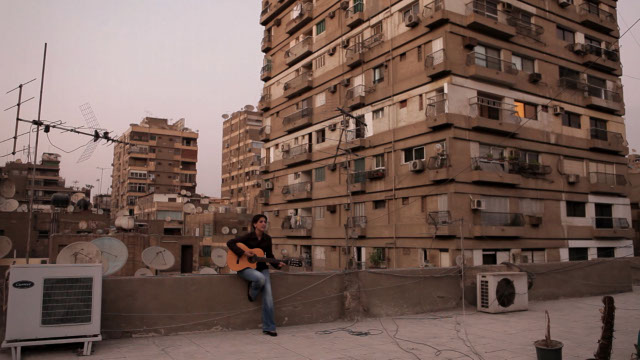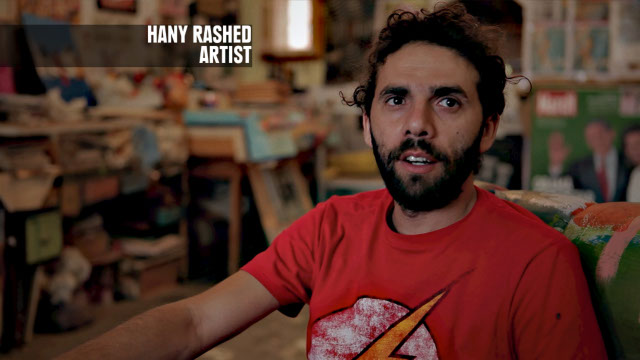The Noise of Cairo
 Singer Shaimaa Shaalan
Singer Shaimaa Shaalan
I had the chance to see the documentary "The Noise of Cairo" last night. The film is about Egyptian artists and their relationship to the revolution -- their engagement, whether political, personal or professional, and the effect they expect the uprising to have on the creative field. (This is a topic I have written on myself, in "Art in Egypt's Revolutionary Square," at the Middle East Research and Information Project).

The film is excellent. It consists of a well-chosen and well-edited series of interviews with a broad cross-section of Egyptian artists. It addresses some fundamental questions (How do you creatively engage with such an extraordinary political moment, if at all? Will the uprising lead to new and different work conditions for artists, to increased freedom of expression? Should artists find new audiences now; try to, as writer Khaled El Khamissi says, build a bridge between culture and society?) without belaboring the points or putting words into the artists' mouths.
There are some poignant and powerful moments, as when middle-aged artist Khaled Hafez talks about teaching his students to avoid and transcend censorship because his generation had been "programmed" not to engage or believe in direct confrontation and says "I discovered what it was to be a citizen at 48." Or Hany Rashed's account of being harassed by state security for his great work featuring policemen, and how one of the first thing he did was photograph cops in the street and return to this theme after the revolution.
But the documentary, although it's sub-titled "art and revolution," take the artists' own matter-of-fact attitude to their political engagement -- current events are just something they inevitably react to (and some say they purposely want to avoid commenting on the revolution). I liked the film for how it shows the breadth and variety of artistic production that was already taking place under Mubarak and that has increased in volume and confidence since. My favourite discovery: dancer Ezzat Ismail, whose performance "Waiting?" in the YouTube video below, is meant to capture the elation and anxiety that followed Mubarak's ouster. He filmed it at 2am one night, with the curfew still in place and an army checkpoint stationed nearby.
